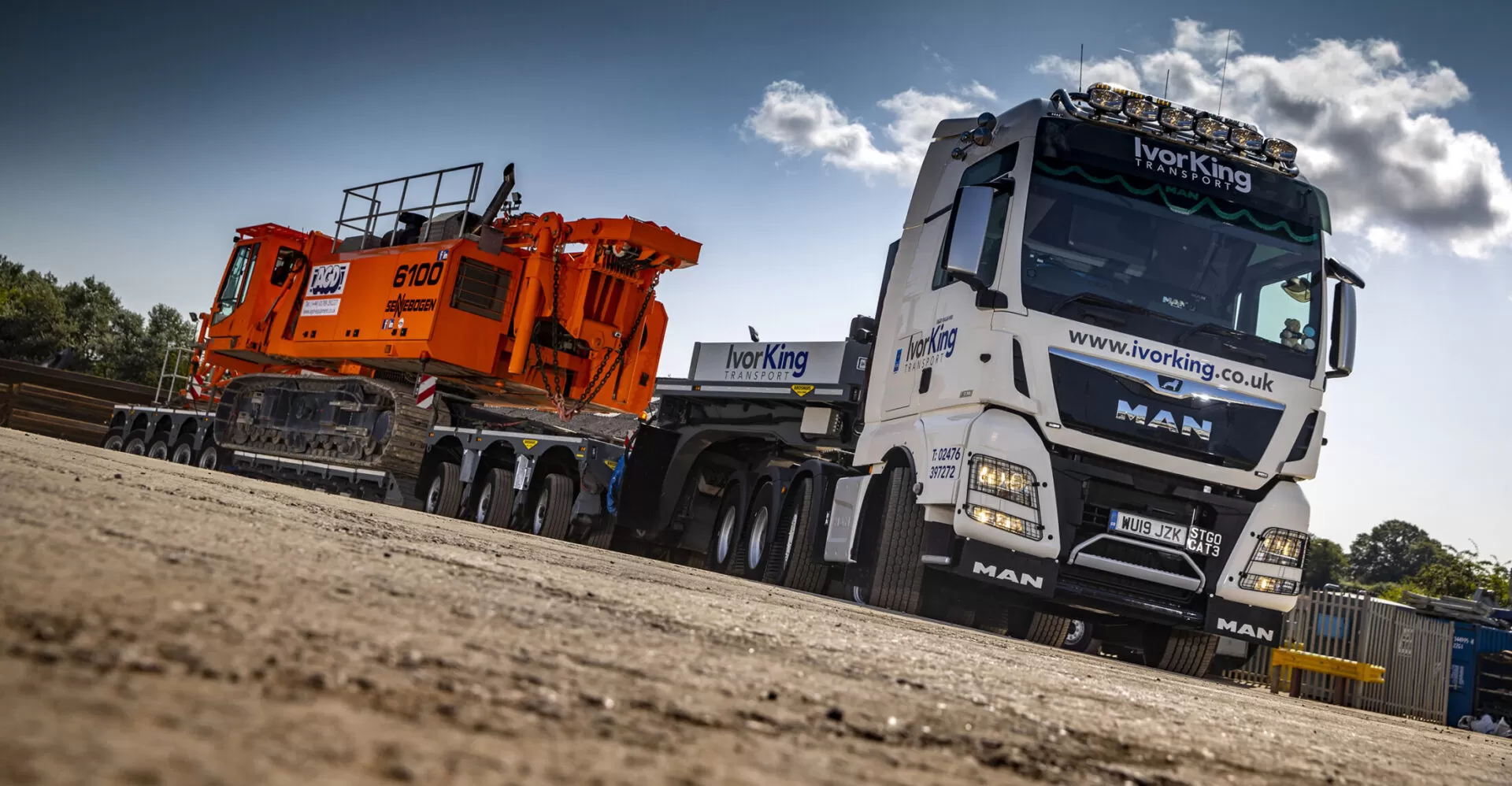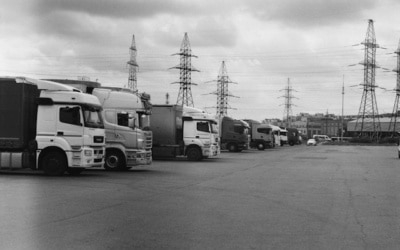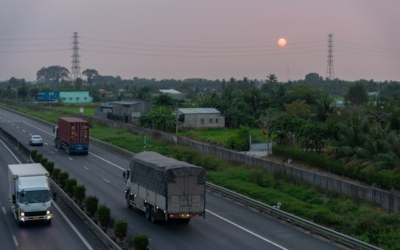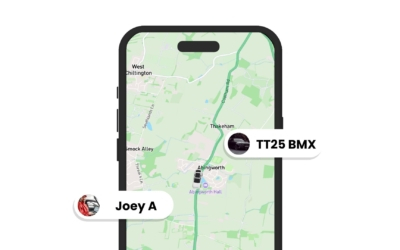Heavy Equipment Fuel Tracking for Fleet Managers
Introduction
Scope and audience
If you run a fleet of excavators, haul trucks, tractors or other heavy machines, this guide is written for you. As a fleet manager you juggle budgets, uptime and compliance while trying to curb waste. Here we focus on practical fuel tracking strategies tailored to heavy equipment used in construction, mining and agriculture. Expect advice you can act on, not abstract theory.
What “fuel tracking” means for heavy equipment
Put simply, fuel tracking is the ongoing process of measuring, recording and analysing how much fuel each asset uses and why. For heavy equipment that can mean direct tank sensing, flow meters, telematics-derived estimates or operational logs. The goal is the same: understand consumption patterns, spot anomalies and turn data into decisions that cut costs and downtime.
Why Fuel Tracking Matters for Fleet Managers
Cost control and budgeting
Fuel is often one of the largest controllable expenses for heavy equipment fleets. Accurate measurement moves you from guesswork to precision. When you know fuel burn per hour or per tonne moved, budgeting becomes realistic. You can forecast costs by site, by project or by machine type. That clarity lets you negotiate better contracts and avoid surprise overruns.
Theft prevention and fraud detection
Fuel losses are not always mechanical. Siphoning, unauthorised top-ups and paper-card fraud add up fast. Consistent monitoring highlights unusual fill patterns and unexpected spikes. Combine sensor data with operator logs and you get a quick, evidence-based way to investigate and close gaps.
Environmental and regulatory drivers
Many clients and regulators now expect environmental transparency. Tracking fuel helps you report emissions and show progress on sustainability targets. It also supports compliance with site rules and tender requirements that ask for quantifiable improvements in fuel efficiency.
Technologies and Methods for Tracking Fuel Consumption
Telematics and GPS-based solutions
Telematics devices capture engine hours, RPM, GPS and other parameters that correlate strongly with fuel use. When paired with smart algorithms, telematics can estimate consumption even without a physical fuel sensor. The benefit is broad visibility across your fleet with minimal intrusion. If you want precise tracking, however, you will usually need a direct sensor too.
On-board fuel sensors and flow meters
Direct measurement options include tank level sensors, ultrasonic probes and inline flow meters. These provide the most accurate readings but require careful installation and periodic calibration. For harsh environments choose ruggedised units rated for vibration and exposure. Accuracy matters when you are auditing fills or proving theft incidents.
Manual logs and RFID fuel cards
Lower-tech methods still have a role. RFID fuel cards and disciplined manual logs are simple to deploy and help control who refuels which machine. Their drawback is reliance on human process. For best results combine card systems with telematics so you can cross-check reported fills against movement and engine data.
Implementing a Fuel Tracking Program
Hardware selection and installation considerations
Start by matching hardware to the environment. In construction and mining you need IP-rated sensors and secure mounts. For agricultural work consider easily serviceable probes. Plan for power, cabling and access for calibration. Think about vandal resistance and the ability to retrofit older machines without major downtime.
Integration with fleet management systems
Fuel data is only useful when it flows into your systems. Integrate sensor and telematics feeds with your fleet management platform so maintenance schedules, job costing and utilisation dashboards reflect real fuel numbers. Use APIs to automate reports and alerts that notify you of leaks, excessive idling or unexpected refuels.
Training, SOPs, and culture
Technology alone will not fix fuel waste. Train operators on standard refuelling procedures, explain why monitoring matters and set clear consequences for non-compliance. Make fuel efficiency a visible KPI. When the team understands how small changes reduce costs and downtime, behaviour changes follow.
Want to see this in action? Book a personalised demo with Traknova to watch real fuel data from heavy equipment and learn how to cut operating costs. Book demo today and see immediate opportunities to save.
Using Data to Optimize Fuel Efficiency and Prove ROI
Analytics, dashboards, and KPIs
Choose a handful of meaningful metrics and watch them. Typical KPIs are fuel per hour, fuel per unit of work, idling minutes and fill-site variance. Dashboards should make anomalies obvious. Trend lines and alerts let you act before costs spiral. Good visualisation converts raw numbers into narratives you can present to finance and project managers.
Actionable interventions
Data should lead to fixes. That might mean reducing idle time, changing shift patterns, re-routing machines to reduce empty running or scheduling timely engine service. In some cases, driver behaviour coaching delivers fast wins. In others, equipment right-sizing or retrofits such as variable-speed pumps deliver lasting savings.
Measuring ROI and continuous improvement
Set baseline consumption and track improvements against that baseline. Calculate fuel savings, reduced maintenance and lower downtime to show a clear payback period for sensors and telematics. Keep refining thresholds and processes. A fuel programme that evolves with your operations will deliver compounding benefits.
Conclusion
Bringing it all together
Effective fuel tracking for heavy equipment is a mix of the right hardware, integration and operator engagement. Whether you choose sensors, telematics or a combination, the value comes from turning data into decisions. Start small, validate results and scale your approach so every asset contributes to predictable costs and better uptime.
Frequently Asked Questions
How accurate are telematics-based fuel estimates?
Telematics estimates are useful for trend analysis and flagging anomalies, but they are typically less accurate than direct sensors. Use them for fleet-wide monitoring and add tank sensors where high accuracy is required.
Can I retrofit sensors on older equipment?
Yes. Many sensors are designed for retrofit. Plan for calibration and secure mounting. In tough environments choose ruggedised models and allow for occasional recalibration in your SOPs.
What KPIs should I track first?
Start with fuel per hour, idling time and unexpected fill events. These give quick insights and are easy to measure across sites.
How do I handle discrepancies between card fills and sensor data?
Use discrepancies as investigation triggers. Cross-check time, location and engine hours. Often they reveal process gaps, unauthorised fills or sensor calibration needs.
Ready to act? If you want a guided walkthrough of how Traknova delivers fuel intelligence for heavy equipment, book a demo or contact our team via Contact us. We will tailor a solution to your fleet size and operating conditions.
We value your feedback. Tell us what topics you’d like covered next and share this post if you found it useful. Which fuel KPI matters most for your fleet right now? Leave a comment or share on social to keep the conversation going.
Related reading: If you manage vehicles in challenging environments, check our piece on Operating Fleets in Poor Road Conditions: A Manager’s Guide or learn how Dash Cameras can support investigations in our Dash Cams for Small Fleets article.









